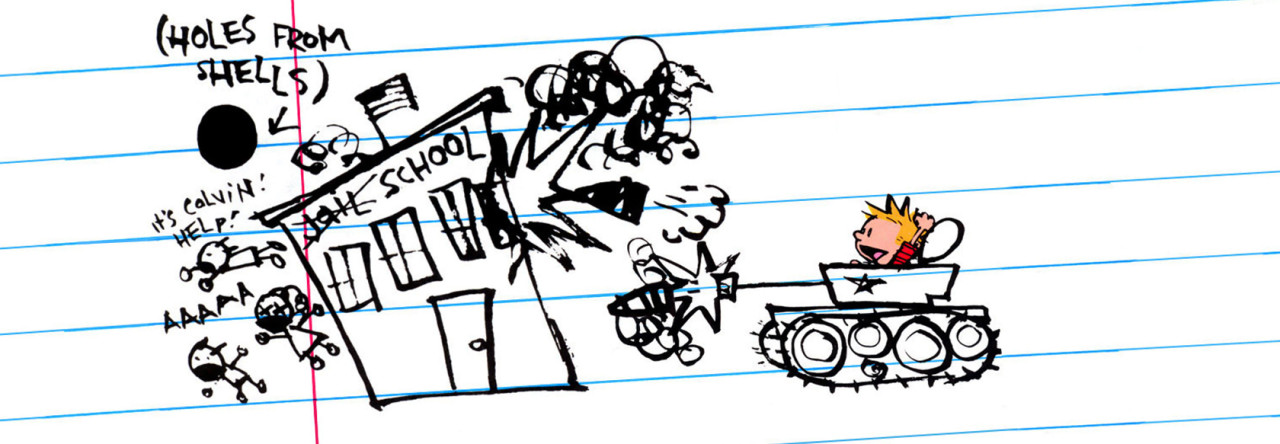A couple of years ago, while making notes, I remember writing in all caps I NEED BETTER PROBLEMS! To me this would be the foundation of a productive and engaging classroom – good problems to explore and discuss with the students. Of course what makes a “good problem” could be discussed for hours on end. I never really said in my notes that I needed good problems though, just better ones. Better ones than I had found in my books and better ones than I had found online.
I didn’t have a lot of resources but I was gaining experience in creating problems of my own. I had been writing exams for my students since I started teaching and every year, I would scratch the old exam and write an improved and more rigorous version. From the more recently created exams, I had a pool of “better problems” that I liked. More importantly, I had developed the skill of creating “better problems” that I knew were accessible to my students based on their responses. And so I decided to just bunker down and start writing every problem my students would have to do. I just completed Year 1 of that task, and I have a long way to go.
In order to really explain how I teach, it’s necessary for me to share a few of the problems my students are doing, but let’s table that for now. I will say that my problems are more like what the MTBS would call a “Task.” They have multiple parts, built in scaffolding (although I try as hard as possible to provide “less help” and avoid the “cookbook” style), and one major question that I want to students to think about, wrap their heads around, and eventually answer. On average one Task takes anywhere from 45 to 150 minutes to complete, so in my typical 114 minute class period we can usually get through 1 or 2 with some carryover on the big tasks.
Throughout this year, the way a typical day in my class went evolved, but by the end it was basically like this:
1. Kids came in and sat down.
2. I passed out the task for the day.
3. They got to work in their pairs or groups.
4. I circulated the room to provide facilitation and answer questions (usually with more questions).
5. Occasionally I stopped the class and talked about something related to the task.
6. Kids who finished got the next task or an extension of the last one.
7. We debriefed towards the end and I gave some answers and explanations.
8. Either homework was assigned or there was no homework (because I haven’t made enough problems yet).
In general, engagement in my classes was good. One observer (from MfA LA) told me that it was the best he’d seen in any class he visited all year (or something like that, maybe I am embellishing). A lot of times kids would get stuck and frustrated, and sometimes they would never get out, which sucks. Other times the brightest kids would fly through the task, say that it was too easy and have nothing challenging to do that day, which sucks. But for the most part, the students liked this style. They praised my tasks and encouraged me to keep teaching in this manner in the future. I have some strong ideas of how to improve the tasks in the future and plan to continue to focus a lot of energy into writing more and better tasks in the coming years.
